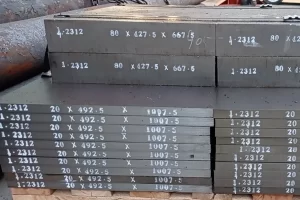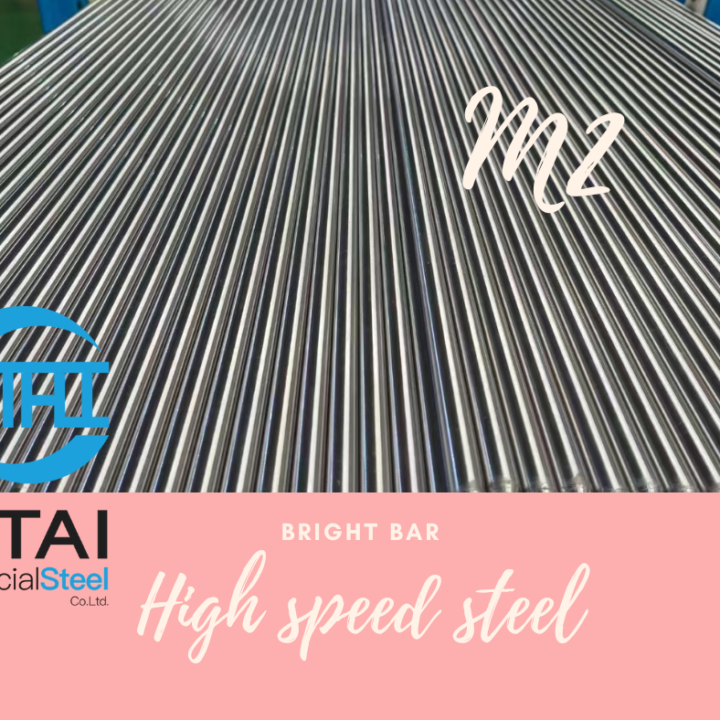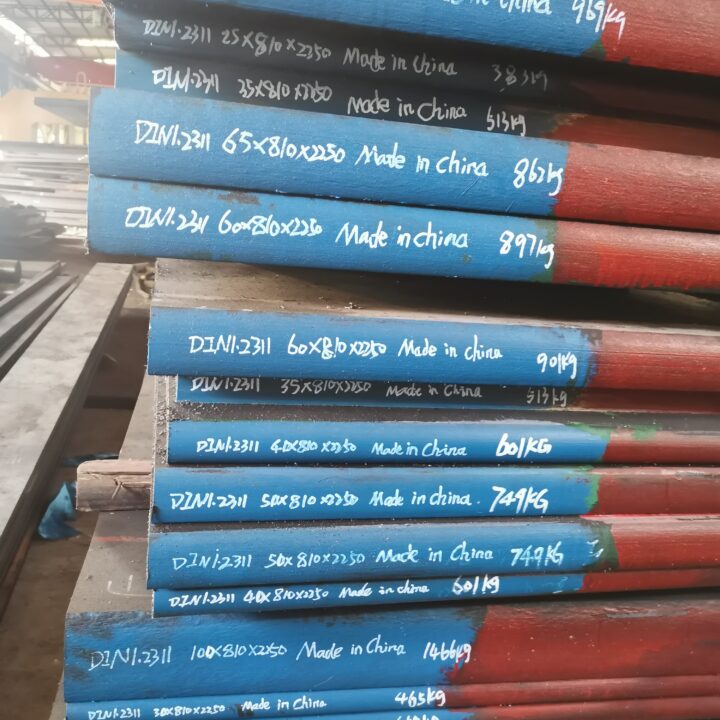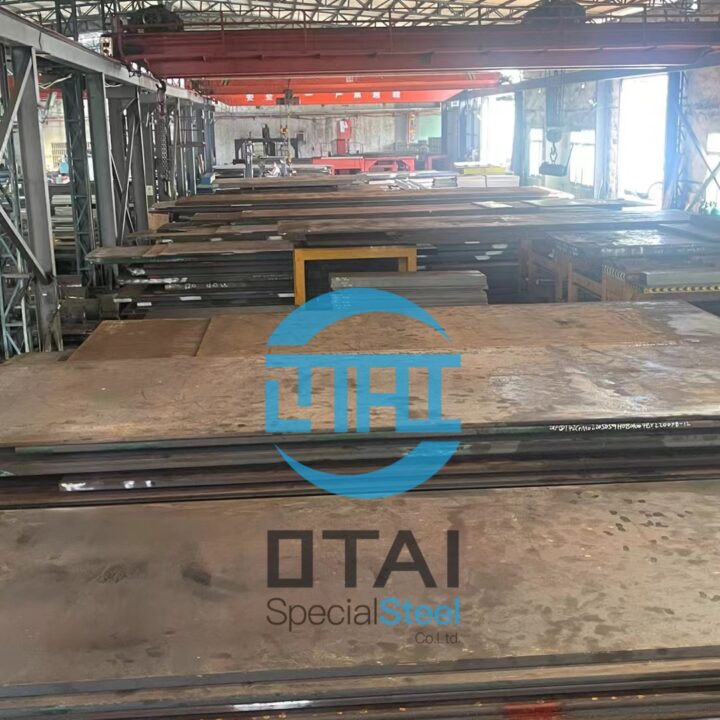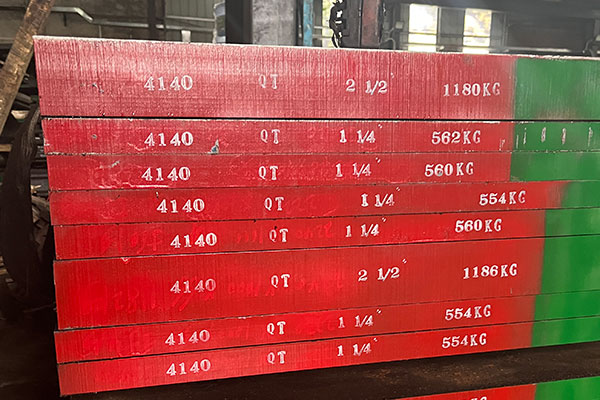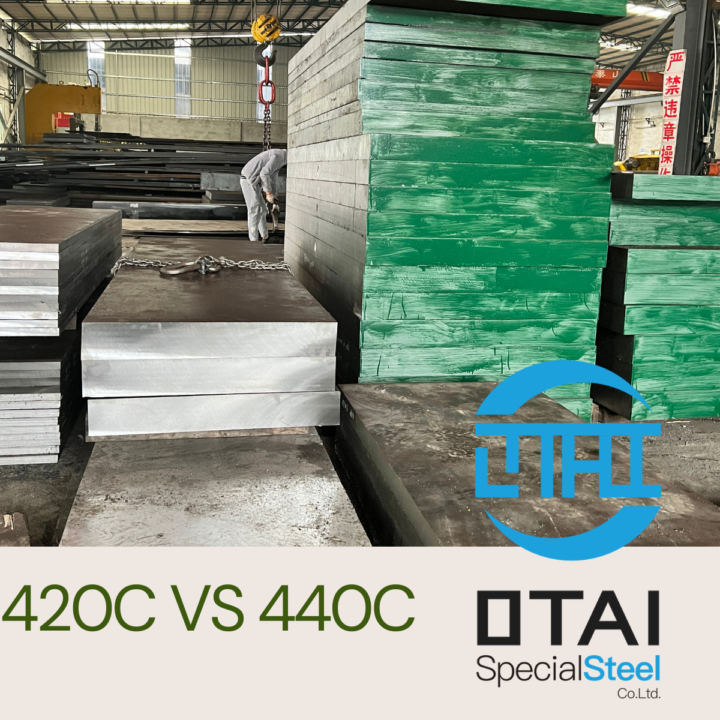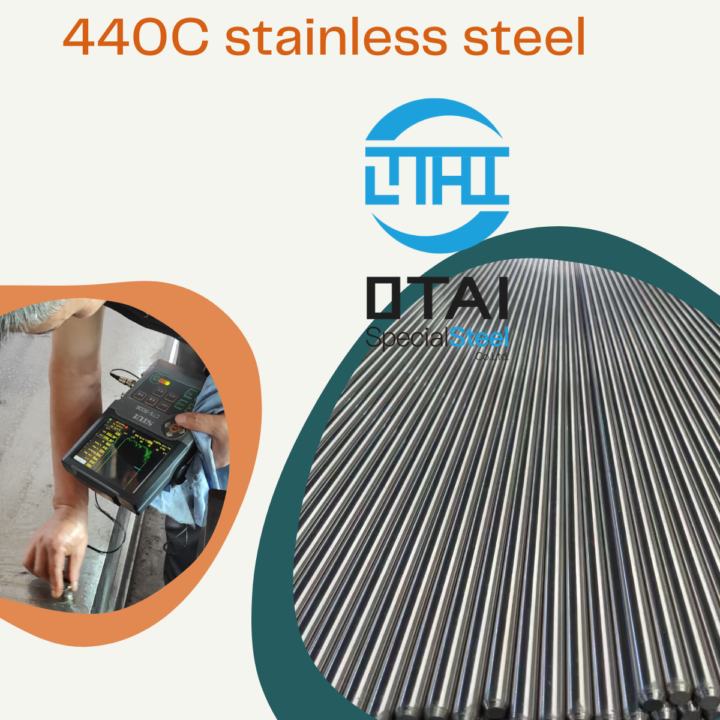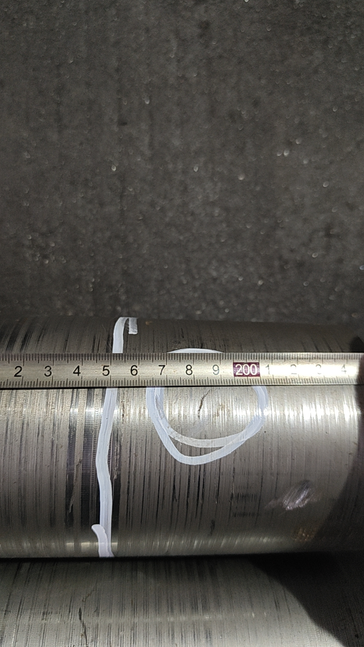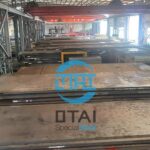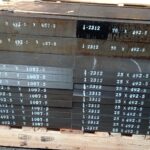1.2312 vs. 1.2311: Which Pre-Hardened Tool Steel is Best for Your Needs?
When choosing tool steel for mold applications, 1.2312 and 1.2311 are two popular options. Both are pre-hardened tool steels used for plastic injection molds, die casting, and other tooling applications. But what are their differences? And how do you decide which one is the best fit for your project? Let’s break it down!
Understanding 1.2311 Tool Steel
1.2311, also known as P20 tool steel, is a pre-hardened material widely used in mold-making. It provides a good balance of toughness, wear resistance, and machinability, making it ideal for plastic molds and die casting applications.
Understanding 1.2312 Tool Steel
1.2312 is an improved version of 1.2311 with added sulfur, enhancing its machinability without compromising strength and toughness. This makes it an excellent choice for applications that require extensive machining.
Comparison Table: 1.2311 vs. 1.2312
| Property | 1.2311 | 1.2312 |
|---|---|---|
| Hardness (HRC) | 28-34 | 28-34 |
| Machinability | Good | Excellent (higher sulfur content) |
| Corrosion Resistance | Moderate | Moderate |
| Polishability | Excellent | Moderate |
| Toughness | High | Slightly lower due to sulfur content |
| Applications | High-polish molds, die casting | Machined mold bases, general tooling |
Which One Should You Choose?
-
If your project requires high polishability and surface finishing, go with 1.2311.
-
If machinability is the main concern and you want to reduce machining time and costs, 1.2312 is the better choice.
-
For molds requiring texturing or mirror finishes, 1.2311 is preferred due to its superior polishability.
-
For large, complex mold components that require extensive machining, 1.2312 is the smarter option.
Heat Treatment and Processing Guidelines
Both 1.2311 and 1.2312 are supplied in a pre-hardened state (28-34 HRC), meaning they do not require additional hardening before use. However, stress relieving and nitriding can be applied to enhance performance.
- Stress Relieving: Heat to 550-600°C, hold for 1-2 hours, then cool slowly.
- Nitriding: Improves surface hardness and wear resistance while maintaining core toughness.
- Polishing and Texturing: 1.2311 is more suitable for high-gloss and textured surfaces, while 1.2312 is best for standard machining applications.
Conclusion
Choosing between 1.2311 and 1.2312 depends on the specific needs of your application. If your mold requires a highly polished finish and uniform hardness, 1.2311 is the best option. However, if machinability and cost-effectiveness are the priority, 1.2312 is the better choice. Understanding their differences will help you make an informed decision, optimizing both performance and production efficiency.
For more information or to get a quote, contact us via email at [email protected] or reach out on WhatsApp at +8613642825398.
Frequently Asked Questions (FAQs)
1. Can 1.2312 be polished to a high-gloss finish?
1.2312 has reduced polishability compared to 1.2311 due to its higher sulfur content. If a high-gloss finish is required, 1.2311 is the better choice.
2. Is additional hardening required for 1.2311 and 1.2312?
No, both are pre-hardened to 28-34 HRC and do not require further heat treatment before use.
3. Which steel is more cost-effective?
1.2312 is more cost-effective for machining-intensive applications due to its enhanced machinability, reducing production time and tooling wear.
4. Can 1.2312 be used for high-precision molds?
While 1.2312 is great for general mold bases, 1.2311 is recommended for high-precision and high-polish molds.
5. Where can I buy high-quality 1.2311 or 1.2312 tool steel?
You can contact Dongguan Otai Special Steel at [email protected] or via WhatsApp +8613642825398 for inquiries and orders.
